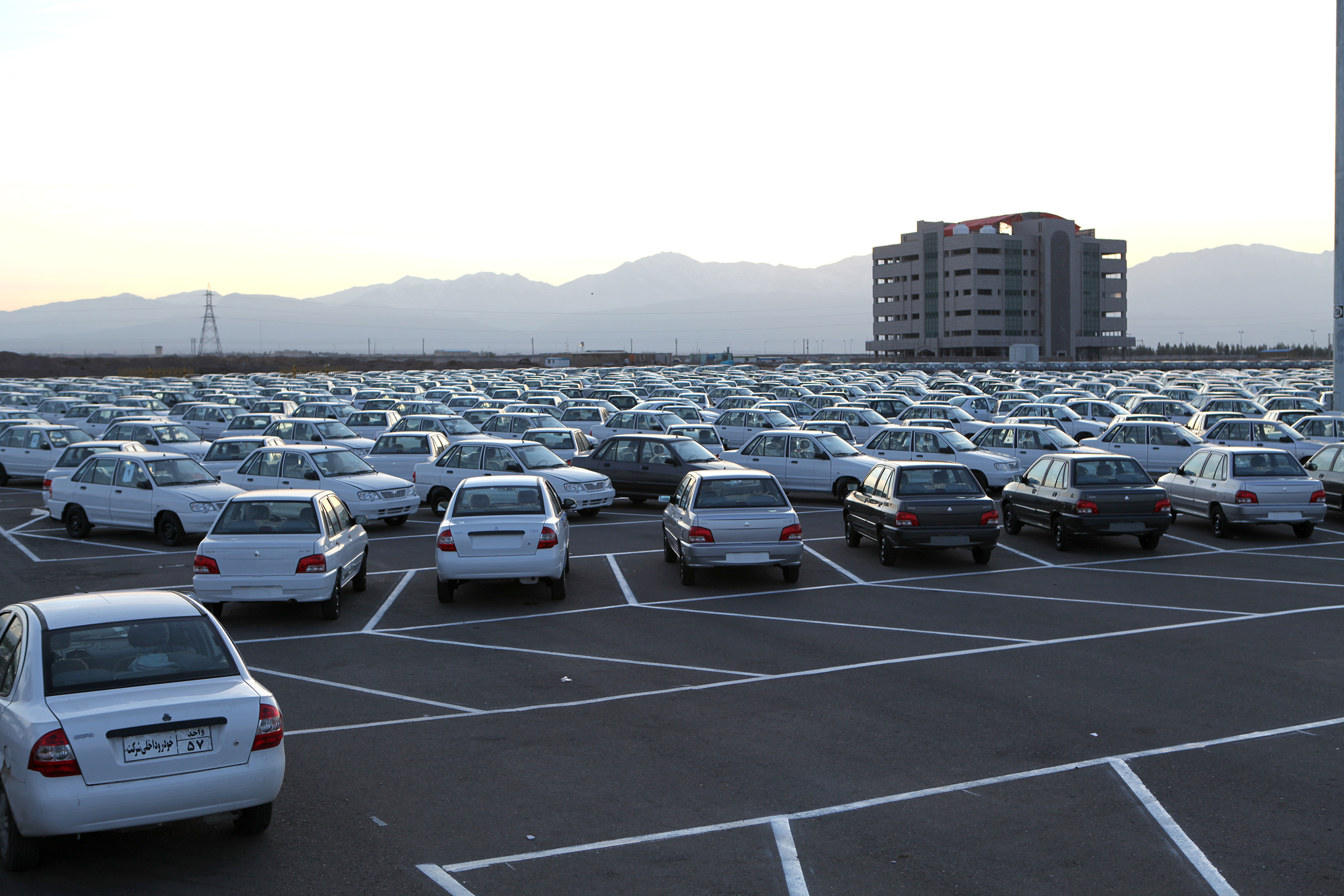Fresh data on local auto production show 21.8% growth during the first five months of the current fiscal that started in March.
According to numbers released by the Ministry of Industries, Mining, and Trade 545,936 cars were produced during the period by Iranian carmakers.
IKCO
Iran Khodro topped the list with 273,441 vehicles -- a 16.8% increase Y/Y. The company has a whopping 50% share of the local auto industry.
Its highest production was the Peugeot 405, a substandard sedan notorious for excessive fuel consumption and has been often singled out by the Iran Standard and Quality Inspection Company for poor quality.
ISQI is a private company that conducts monthly quality and safety tests on behalf of the Ministry of Industries. Depending on strict verifications vehicles receive one to five stars.
However, there is no end in sight so far for the model and IKCO produced 107,283 units of the same model during the five-month period -- down 5.5% compared to same period last year.
The 405 was followed by the Peugeot 206 (69,357) in second place. Two other brands, Samand (40,053) and Renault Logan locally better known as L90 (18,964) were in third and fourth place.
SAIPA
SAIPA is hanging on to its coveted spot as Iran’s second largest automaker and still has a 41% share of the market. The company reported 24.1% YoY increase in output with 223,392 units.
According to the company’s latest report, the automotive group made 62.7 trillion rials ($1.6 billion) from the sale of 221,600 units during the period.
It sold 94,644 Prides and 48,434 units of Tiba, two of the cheapest cars that can be bought in Iran. The value of their sales was reported at 27 trillion rials ($709 million). Both cars are of low quality and score at the bottom end of ISQI rankings.
First models of Pride rolled out of SAIPA assembly lines in 1993 but the car has never been able to rise above the one and lonely star. Last month Tiba earned an extra star and joined the two-star club, a development which SAIPA publicized as a big achievement. The model very soon lost that prize apparently due to declining quality.
It seems the talk about putting an end to production of Pride is coming to fruition. According to reports and statistics, the model saw a 7% decline in production.
Furthermore, the locally-designed Tiba has been proposed as a replacement for Pride and has seen a significant surge in its production. According to the published data, 57,340 units of the model was produced – up 61% compared to the same period last year.
Now Tiba has a 25% share in SAIPA’s output, slightly behind Pride’s 26% share.
The third bestselling vehicle made by SAIPA is the Kia Cerato. According to the ministry data, 10,392 units of the model were produced and 8,360 units were sold.
Cerato is an old version of the originally South Korean Kia model designed in 2010. Currently, the imported 2017 model produced by Kia Motors is available in the local market for 1.5 billion rials ($38,900). SAIPA’s own is available at 970 million rials ($25,000). However, in the international market, the 2017 Cerato goes for $20,000 to $34,000 depending on options.
According to SAIPA chief Mahdi Jamali, the company is negotiating with the South Korean carmaker to start production of a newer version of the model.
Jamali says “SAIPA is trying to sign a production deal with Kia, through which several other models would be sold in the local market.”
Curiously, SAIPA has put an end to the production of Chinese derived Brilliance cars. This is while the company produced 3,307 units of Brilliance models during the same period last year.
Furthermore, the company’s plant in East Azerbaijan Province has had zero output.
Pars Khodro
The third largest carmaker in Iran is Pars Khodro, which produces a jumble of cars already manufactured by IKCO and SAIPA.
The company produced 88,708 vehicles during the five-month period, recording a 29.3% Y/Y rise.
In addition to SAIPA, Pars Khodro also produces the low-cost Pride. The company manufactured 34,190 units of this model, down 3.8% compared to the same period in 2016.
Pars Khodro also produces two Renault models, Logan (locally known as L90 or Tondar90) and Sandero. The models saw growth in production -- Logan 19,842 units, 85% Y/Y increase and Sandero 19,116 units 100% Y/Y increase.
The company also doubled production of Brilliance with 16,874 units.
Private Firms
The two largest private carmakers in Iran, Chery’s local operation and Kerman Motor automotive group still have a meager share of the market.
Chery, the Chinese company, has increased output by 36.3% and produced/assembled 26,485 vehicles in Iran. However, its share is small at 4% of the overall market.
The most popular products of Chery in Iran are its Crossovers and SUVs with a 37% share in the company’s total output.
It is closely followed by Kerman Motor, which has a production agreement with South Korea’s Hyundai.
Kerman Motor registered output at 18,947 units during the period, producing vehicles under various brands in collaboration with international auto makers including Lifan and JAC.


